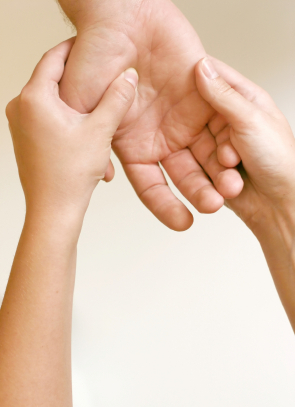
Acupuncture Acupressure
What is the difference between acupuncture and acupressure? Acupuncture is the application of thin long needles by a practitioner experienced in traditional Chinese medicine; acupressure does not break the skin, is most often performed using the hands, and may be practiced by anyone. Both are centered on opening the meridians which carry energy or chi throughout your body. Traditional Chinese medicine is founded on the belief that ailments occur as a result of the blockage of chi in any of the fourteen different meridians of your body. Acupuncture and acupressure are both performed to unblock your chi and create energy flow. They are most often used to treat allergies, depression, nausea, migraine headaches, arthritis, menstrual cramps as well as anxieties. Acupuncture and acupressure (known as Zhen Jiu and Zhi Ya respectively) are well known traditional Chinese methods for the treatment of various health conditions. In fact, acupuncture is now a very popular alternative therapy for arthritis pain relief.
How does it work? For expample, a person suffering from ... let's say nausea ... may receive relief through acupressure by simply pressing down upon the groove that lies between two large tendons running from the base of the palm all the way up to the elbow with the thumb or finger. This pressue should be applied with enough force that it is somewhat uncomfortable. On the flip side, the same results can be achieved through acupuncture by puncturing the skin with long, thin needles in this same area. It should be noted, however, that there may also be some side effects, particularly with acupuncture, which can cause the release of toxins and the realignment of the muscle groups. As you see, acupuncture and acupressure can have a slightly different impact on the patient, with acupressure generally resulting in fewer side effects, while acupuncture generally being more effective for specific ailments. |
|




